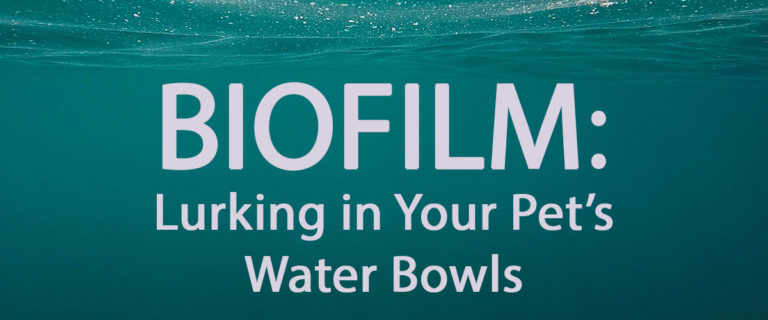Recently, my 16-year-old rescued BFFF (best feline friend forever), Sydney, was diagnosed with CKD (cat kidney disease). Last summer, she came down with a horrible UTI (urinary tract infection) the day before we were supposed to go out of town. It always happens that way, doesn't it? Fortunately, our pawsome vet squeezed her in for treatment. As she's a senior kitty, in addition to testing her urine, they also did a full senior pet bloodwork panel. The vet called while we were still out of town and said her kidney levels were incredibly high. When we got back, we needed to pick up medicated food for Syd. Of course, at that point, I wanted to learn everything about CKD, so I started Googling. One of the most exciting things I learned about was biofilm in pet water bowls. I've had fur babies for my entire adult, and I never knew about biofilm. Therefore, I thought I’d share what I learned with our valued customers.

Syd loves bunnies as much as we do!
What is Biofilm?
According to livescience.com, biofilms are a collective of one or more types of microorganisms that can grow on many different surfaces. Microorganisms that form biofilm include bacteria, fungi, and protists.
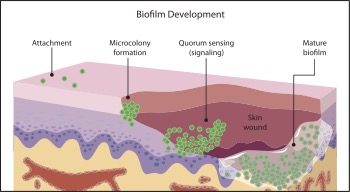
A biofilm we can all relate to is dental plaque, a slimy buildup of bacteria that forms on the surfaces of teeth.

Pond scum is another example. Biofilm grows anywhere, but their common defining feature is the area where they grow is wet. Mmmmmm 🤢.
How Does it Affect Your Pets?
According to a 2016 study published in Vet World, the ability of biofilm formation in a variety of inanimate surfaces such as animal food contact surfaces is responsible for a host of biofilm diseases affecting animals and humans. It is suggested to be responsible for about 80% of infectious diseases affecting animals and humans. Table 1 below shows the top 10 common biofilm diseases.
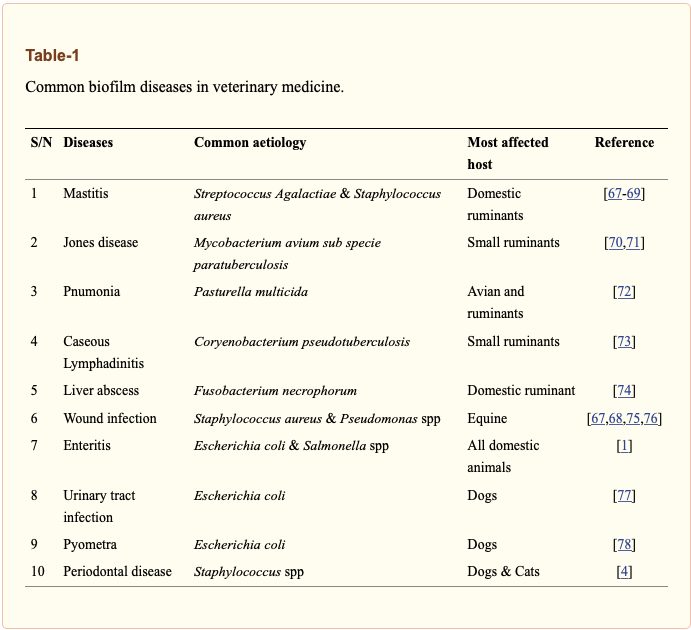
Translating the Vet World study into plain English: What do your pets use multiple times per day with moisture? Water and food bowls. Biofilm forms in these inanimate objects. Bacteria grow in the biofilm and lead to infections in your precious fur and feather babies.
In short, I contributed to Syd developing CKD by not washing her water bowl daily 😭.
How to Prevent Biofilm
Simple.
- Wash your pets’ water bowls daily.
- Give them a clean food bowl every time you feed them.
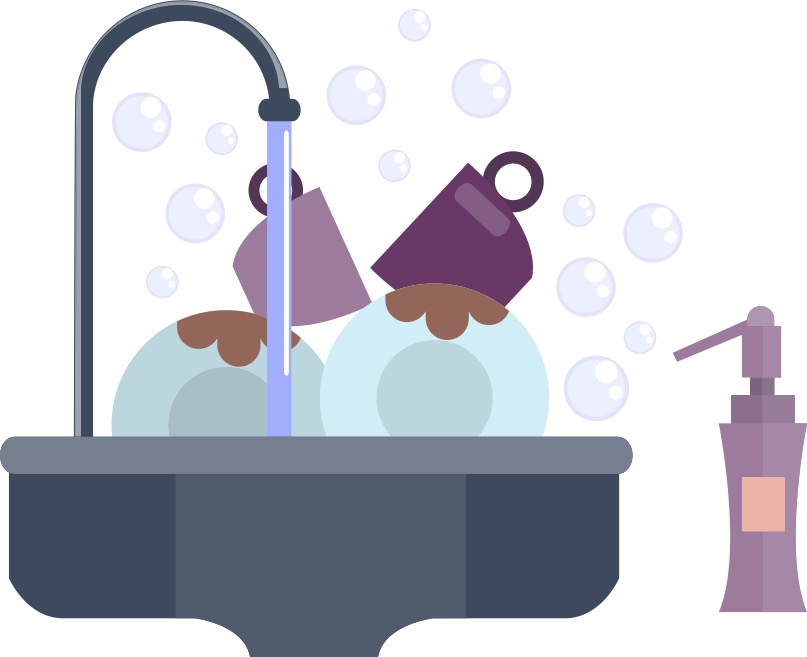
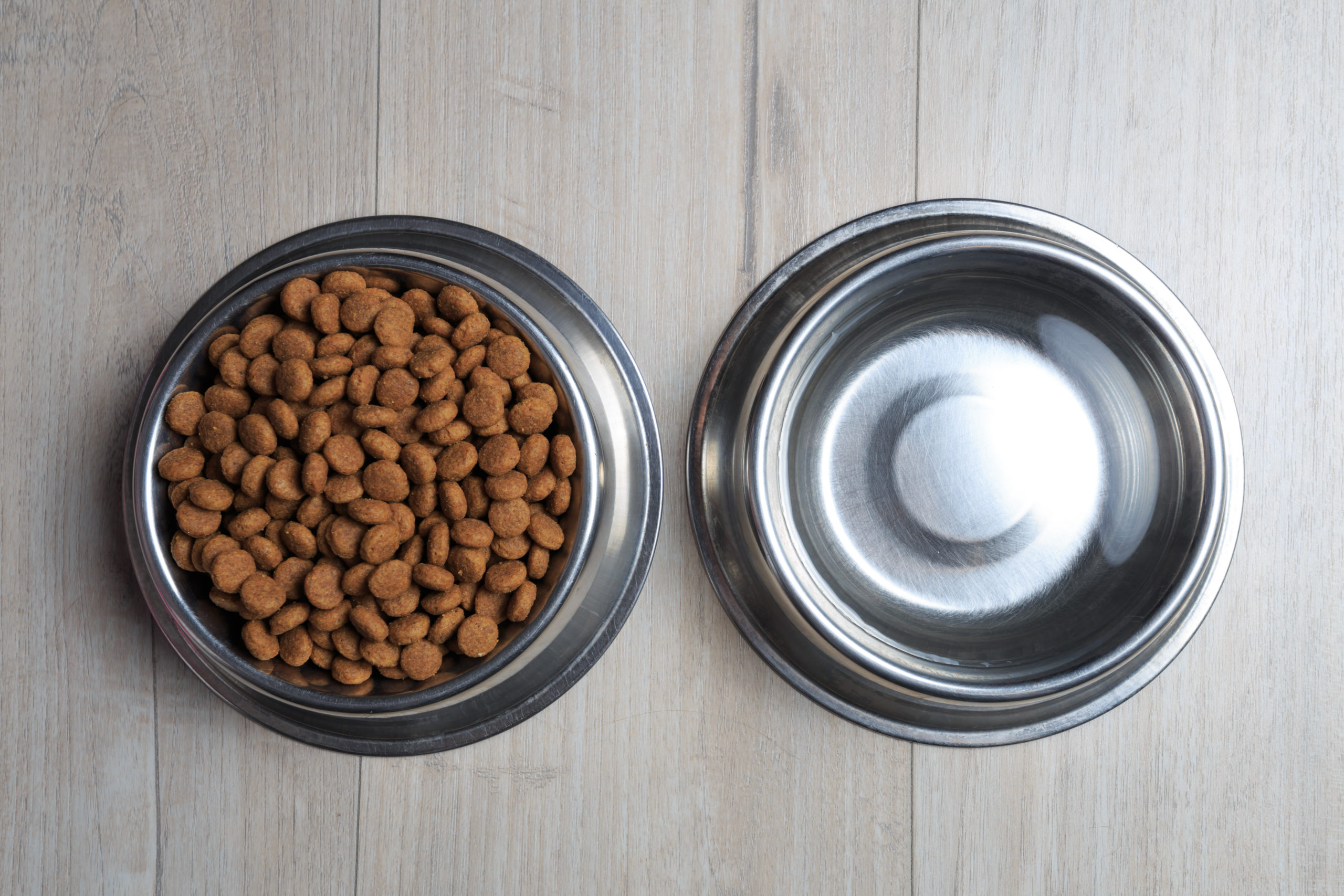
Interesting Biofilm Facts
🦠According to American Scientist, biofilms increased in significance in the last 15-20 years: Biofilms were described by the Dutch microscopist Antonie van Leeuwenhoek in the late 1600s. Recent research suggests biofilms might be the predominant form of bacteria in nature.
🦠They’re bad AND good: Biofilms cost the U.S. literally billions of dollars every year in energy losses, equipment damage, product contamination, and medical infections, according to Montana State University. But biofilms also offer immense potential. They bioremediating hazardous waste sites, biofilter municipal and industrial water and wastewater, and form biobarriers to protect soil and groundwater from contamination.
🦠They're clever and circle the wagons when needed: Cleanlink.com shared that a biofilm colony can tell when threatened, especially with some type of cleaning solution or disinfectant.

The pawsitive news is Sydders' CKD is stable. Medicated food is a part of her daily diet, and of course, her water and food bowls are sparkling clean. Next week the vet is going to check her kidney levels with another senior blood panel. As long as her condition is stable, she only needs bloodwork every six months.
Happy dishwashing, y'all…and don't forget to wash your personal water bottles too. Biofilm is everywhere!
DISCLAIMER: These links are being provided as a convenience and for informational purposes only; they do not constitute an endorsement or an approval by Small Pet Select of any of the products, services or opinions of the corporation or organization or individual.
Want more information on keeping your pets' healthy? Check these out!
Prepare for a Small Animal Emergency



